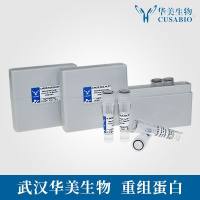Less common disorders:T
互联网
| DISEASE AND CAUSES | PATHOPHYSIOLOGY | SIGNS AND SYMPTOMS |
| Thrombocythemia | ||
|
A clonal abnormality of a multipotent hematopoietic stem cell results in increased platelet production, although platelet survival is usually normal. If combined with degenerative vascular disease, may lead to serious bleeding or thrombosis. |
|
| Thrombophlebitis | ||
|
Alteration in epithelial lining causes platelet aggregation and fibrin entrapment of RBCs, WBCs, and additional platelets; the thrombus initiates a chemical inflammatory process in the vessel epithelium that leads to fibrosis, which may occlude the vessel lumen or may embolize. |
|
| Tinea versicolor | ||
|
Nondermatophyte dimorphic fungus converts to the hyphal form and causes characteristic lesions. Invasion of the stratum corneum by the yeast produces C9and C11 dicarboxylic acids that inhibit tyrosinase in vitro. |
|
| Torticollis | ||
|
Contraction of the sternocleidomastoid neck muscles produces twisting of the neck and unnatural position of the head. |
Congenital:
|
| Tourette's syndrome | ||
|
Obscure pathology; dopaminergic excess has been suggested because tics may respond to treatment with dopamine-blocking drugs. |
|
| Trachoma | ||
|
Chronic conjunctivitis due to C. trachomatis that leads to inflammatory leukocytic infiltration and superficial vascularization of the cornea, conjunctival scarring, and distortion of the eyelids. This cause lashes to abrade the cornea, which in turn progresses to corneal ulceration, scarring, and blindness. |
|
| Trichomoniasis | ||
|
T. vaginalis infects the vagina, urethra and, possibly, the endocervix, bladder, or Bartholin's or Skene's glands. In males, it infects the lower urethra and possibly the prostate gland, seminal vesicles, and epididymis. |
In females:
|
| Trigeminal neuralgia | ||
|
Painful disorder along the distribution of one or more of the trigeminal nerve's sensory divisions, most often the maxillary. |
|
| Trisomy 13 syndrome | ||
|
Genes and chromatin carried on chromosome 13 occur in triple dose rather that the normal double dose, resulting in many developmental abnormalities. |
|






